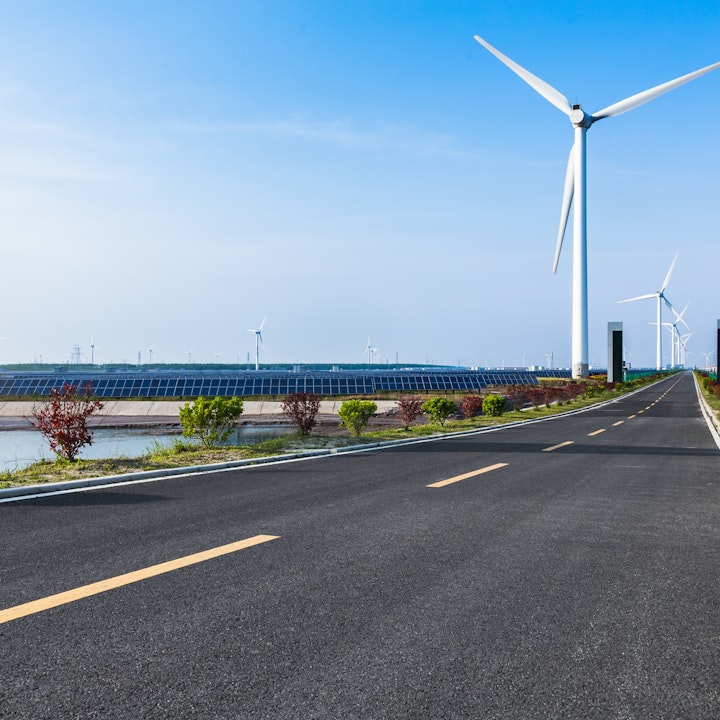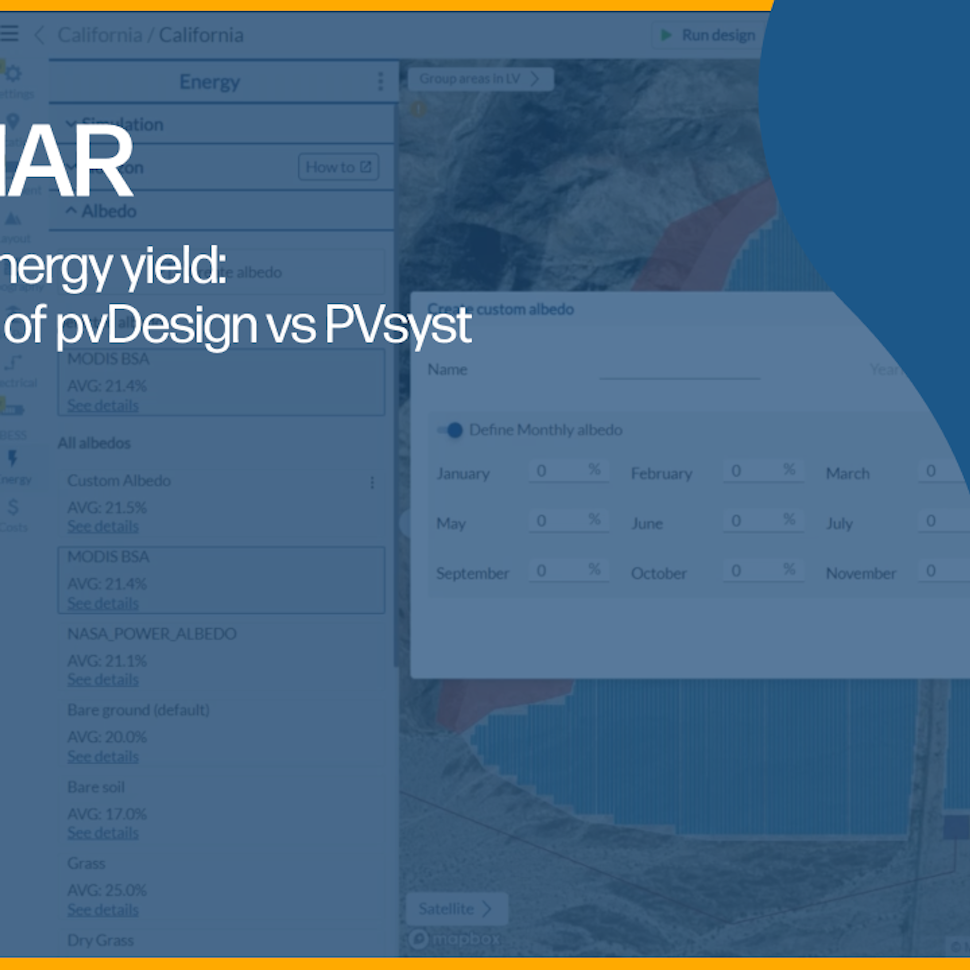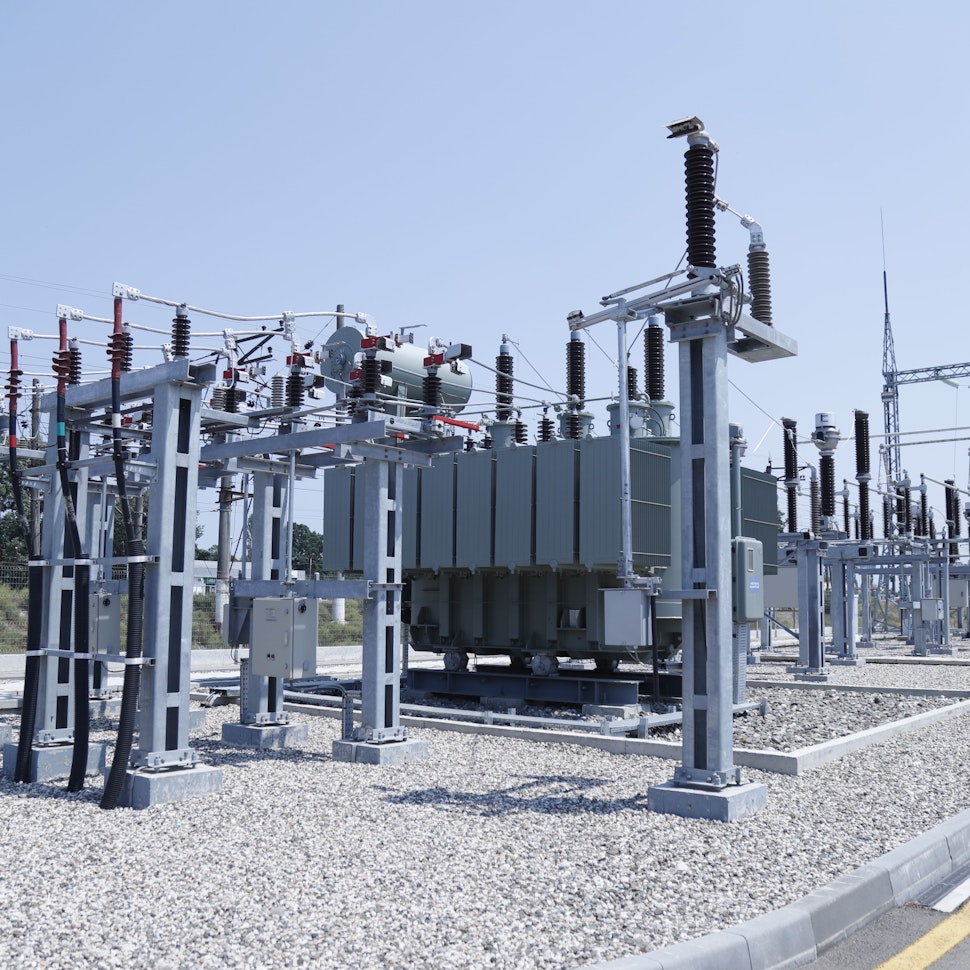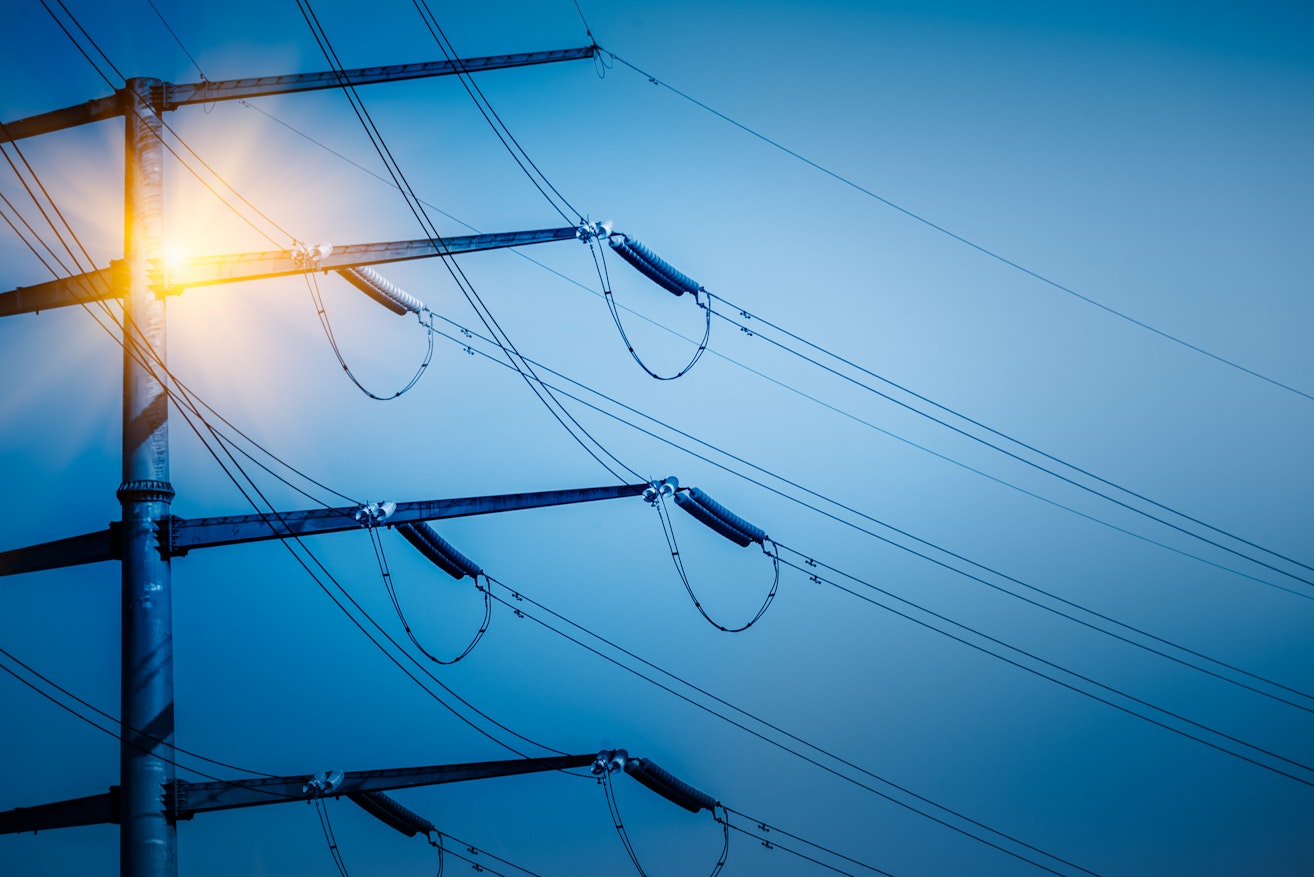What is peak power and what is it used for?




Bernardino Martin
Product Owner
Bernardino brings over two years of expertise to RatedPower, serving as Product Owner in the Product department. Previously excelling as a Customer Success Manager focusing on diverse markets where he developed a keen understanding of those market needs. Leveraging this experience, he now serves as a dedicated Product Owner, enhancing software solutions. Holding a Degree in Energy Engineering and a Master's in Industrial Engineering, Bernardino seamlessly combines technical prowess with a customer-centric approach, contributing to the ongoing innovation and advancement of renewable energy solutions.
Content
What is peak power in solar panels?
Peak power definition - In the context of solar panels, peak power is the power delivered by a module in Standard Testing Conditions conditions (STC), so the solar panel’s production does not represent actual output. This is because real-world conditions will introduce a number of factors that will detract from the solar panel’s performance. These factors include cloud coverage, wind, temperature changes, and ventilation.
Manufacturers mostly use peak power to sell and classify their panels, and it plays little part in real-world usage. However, it is good to know what manufacturers mean when they refer to peak power so you can size your system based on expected annual kWh energy generation.
What is solar Kilowatt Peak Power (kWp)?
Kilowatt Peak Power (kWp) is a measurement most typically found when measuring solar power output. It is the metric used to display solar panel peak power. For example, a 1 kWp solar panel will produce up to 1 kW of electricity under Standard Test Conditions (STC).
Solar kWp does not represent real-world usage, it is simply a measure of how well a solar panel can perform under STC. It is unlikely that your solar panel will achieve the listed kWp. Instead, manufacturers use kWp to enable comparisons and categorize solar panel models.
What is the peak power of a solar plant used for?
The peak power of a solar panel is calculated and tested during manufacturing. A panel undergoes a flash test under Standard Test Conditions (STC) to determine its power output. This information is used to group and sell the panel under the correct rating.
PV plant owners could use solar panel peak power to calculate the peak power of the entire plant. This would involve identifying the peak power of each solar panel based on the manufacturers’ measurements and adding each panel’s rating together.
Or, if you have a set of PV panels of the same peak power rating, you could multiply the kWp by how many panels you have. Again, this will only give you a theoretical power production estimate and will not reflect actual output.
Standard Testing Conditions (STC) and detractors from peak power
Standard Testing Conditions set the ambient temperature at 25°C, irradiance at 1000 W/m2, and spectral distribution at 1.5 AM with perpendicular beams.
These standard conditions are specific to the testing process and unlikely to be found in real-world applications. This is due to a number of factors, with weather being the biggest detractor from solar panel peak power. Each change in temperature, cloud coverage, wind, etc., will reduce the panel’s ability to reach peak power. Other detractors include geographical location, seasons, and the angle and orientation of the panel.
Testing under Nominal Operating Conditions (NOC)
Another testing process will put the solar panel under Nominal Operating Conditions (NOC), simulating outdoor usage. This test attempts to see how the panel will perform under typical conditions with an ambient temperature of 20°C, solar irradiance of 800 W/m2, and a wind speed of 1.0 m/s at sea level. This test will produce a different peak power closer to what the panel can produce under real-world conditions.
The actual output of solar panels is highly variable, making it difficult to give accurate measurements of how the panel will perform on a daily basis. Measuring daily power production will allow PV plant owners to provide better estimations regarding power generation.
Request a demo from RatedPower today to see how we can help you improve your solar PV designs.

Design utility-scale solar at lightning speed
Maximizing energy yield: a breakdown of pvDesign vs PVsyst
Listen back to this webinar to uncover the solar software comparison between pvDesign and PVsyst with a special emphasis on energy yield analysis.

Latest stories
Related glossary posts
Technology and engineering
What is a solar substation and how to customize yours with RatedPower software
Updated 5 MAY, 25

Technology and engineering
What is a solar combiner box and why is it used in photovoltaic designs?
Updated 25 MAR, 25

Technology and engineering
What are the benefits of a Power Purchase Agreement (PPA) for solar plants
Updated 25 MAR, 25

Related posts
Technology and engineering
Innovation in renewable energy: Developments expected in 2025
We look at the 10 biggest renewable industry developments that are making a green future possible, including perovskite solar cells, green hydrogen, and more.
Updated 18 MAR, 25

Technology and engineering
What the future holds for the longevity and efficiency of solar panels
Tests done by the French photovoltaics group Hespul showed that the panels, installed in 1992, are still operating at an astonishing 79.5% efficiency. Read on to find out more.
Updated 4 MAR, 25

Technology and engineering
Concentrated solar: An unlikely comeback?
Once described as obsolete, the concentrated solar power market ballooned to $53 billion in 2023 and is still growing. Here’s why CSP is making a comeback.
Updated 12 NOV, 24

- RatedPower
- Glossary
- P
- Peak power



